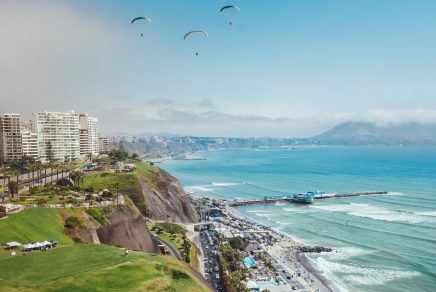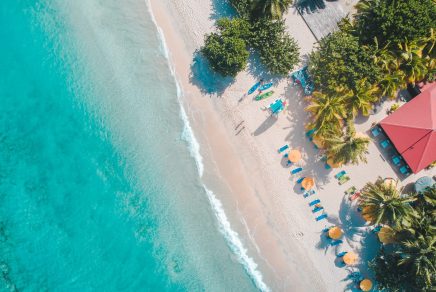Your trip to Peru is just around the corner, and the excitement is building! To turn your excitement into effective preparation, here are 10 Peru travel tips directly inspired by the wise words of a Peruvian tour guide. What to pack, how to get around the country, which currency to use? These are all questions to consider before you leave, so you can fully enjoy your experience at destination.
From the Inca Trail to Rainbow Mountain, and from the bohemian quarter of Lima to the wonders of Cusco, here’s everything you need to know about planning a trip to Peru.
What is the best time to visit Peru?
The timing of your trip to Peru will largely depend on the region you wish to explore.
- If you’re planning a trek in the Andes, you’ll want to visit during the dry season, from May to September. This is also the ideal time to explore the famous Machu Picchu and the Amazon.
- However, if you want to enjoy the Pacific coast and its mildness, the period from December to April is recommended. Temperatures are more pleasant and the skies are often clear.
- Finally, if your goal is to discover the country’s cities such as the capital, Lima, the ideal period is from November to March. Temperatures are pleasant and the weather is generally mild.

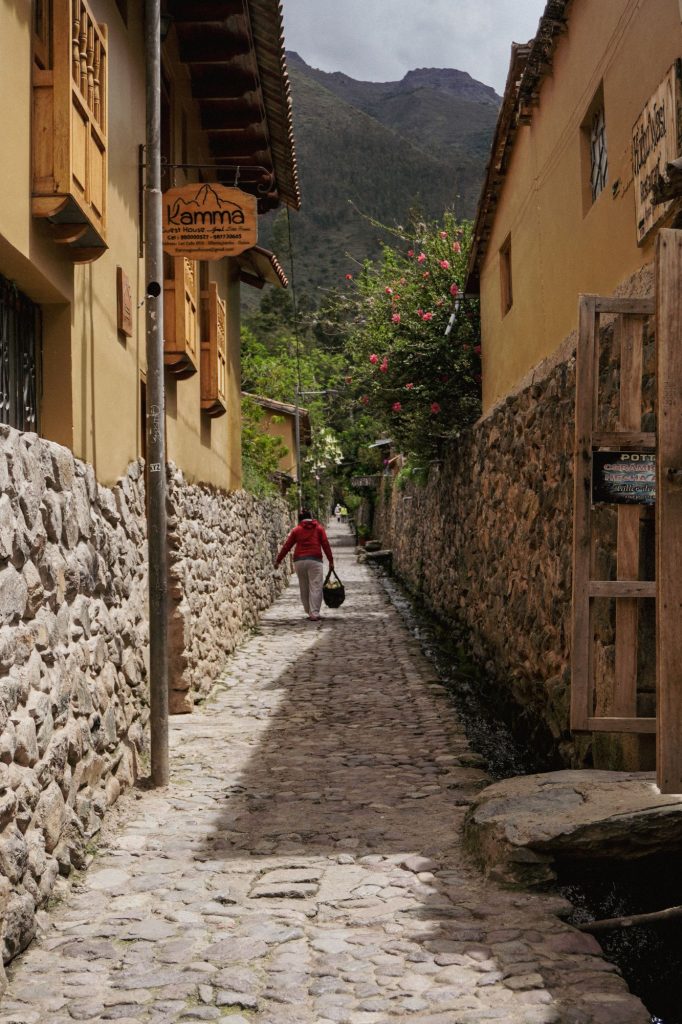
How to prepare for traveling to Peru in terms of vaccinations?
Before traveling to Peru, it’s recommended that you update your vaccinations according to your vaccination schedule. Hepatitis A and B vaccines are often recommended, as well as typhoid vaccine. If you plan to visit the Amazon region, the yellow fever vaccine is recommended. It’s also a good idea to be vaccinated against diphtheria, tetanus and polio.
It’s always better to consult a medical professional for a personalized assessment before traveling.
Is it safe to travel to Peru right now and are there Peru travel restrictions?
Peru is generally considered a safe country for travelers. However, as everywhere, it’s wise to take certain precautions regarding personal safety.
Tourist areas are generally well patrolled, but pickpocketing and scams can occur, especially in large cities such as Lima. It’s a good idea to keep your personal belongings safe and avoid showing valuables in public. It’s also a good idea to only use official taxis and not rely on street vendors. Also, as in South America in general, it’s advisable to avoid the border areas of neighboring countries, which can be riskier than the rest of Peruvian territory.
To stay informed about travel advisories, it’s always wise to check the Government of Canada’s travel.gc.ca portal before departure. It’s also a good idea to purchase travel insurance for the duration of your stay.
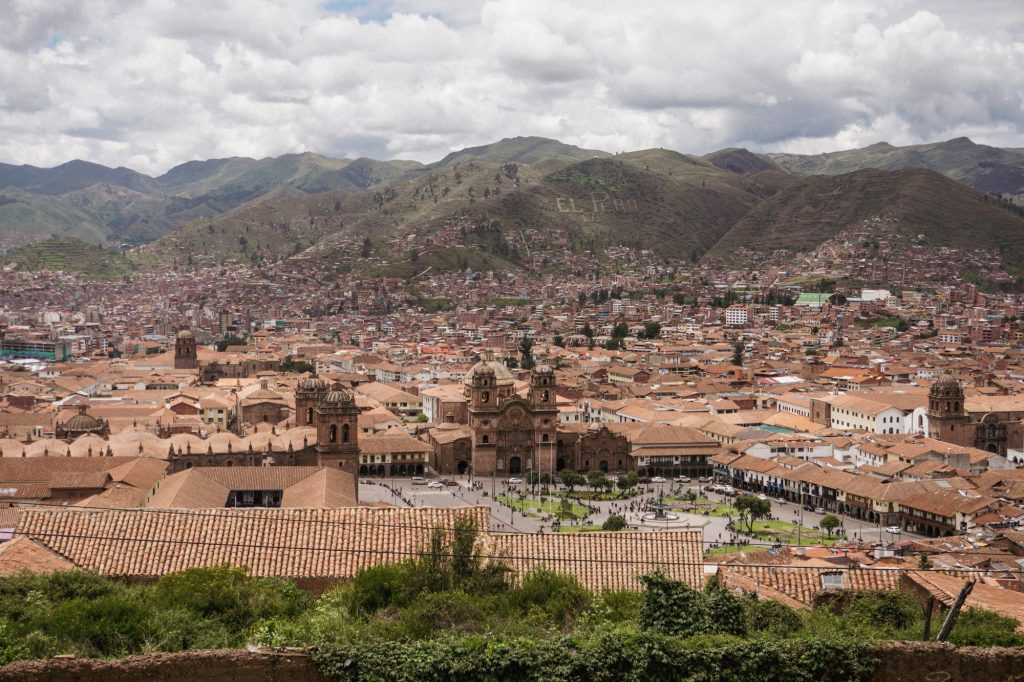
How should I dress and what should I bring to Peru?
Peru has an extremely diverse climate, which means that the contents of your suitcase or bag will vary depending on the season and especially on the regions you will be visiting.
On the Pacific Ocean coast and in Lima, where the climate is mild and dry, you should pack light clothes for the day and something warmer for the evenings. In the Andes, on the other hand, you can expect cooler temperatures. Don’t forget good hiking boots, sturdy waterproof clothing (especially during the rainy season, which lasts from November to April), and a layering strategy to ensure your comfort. Finally, to face the hot and humid climate of the Amazon, conducive to mosquitoes, we recommend planning long and light clothing.
Other items to include in your suitcase for Peru are:
- Sunscreen: The intensity of the sun near the equator should never be underestimated, even in cloudy weather. This is mainly due to the altitude. It is therefore important to choose a broad spectrum sunscreen, preferably with an SPF of 50 or more, for optimal protection. Wear long clothing, a hat and good quality sunglasses.
- Mosquito repellent: Even more important if you plan to visit the Amazon jungle or travel during the rainy season.
- A reusable water bottle: Plastic bottled waters are banned in some protected areas of Peru.
- Adapter and/or electrical converter: In Peru, some plugs are type A and others are type C. Also, the voltage in Peru (220 V) is much higher than in Canada (120 V). Without a converter, you risk serious damage to your equipment. Make sure your equipment can handle this voltage or get a converter.
- A small backpack: It is forbidden to enter the site of Machu Picchu with a backpack or bag weighing more than five kilograms.
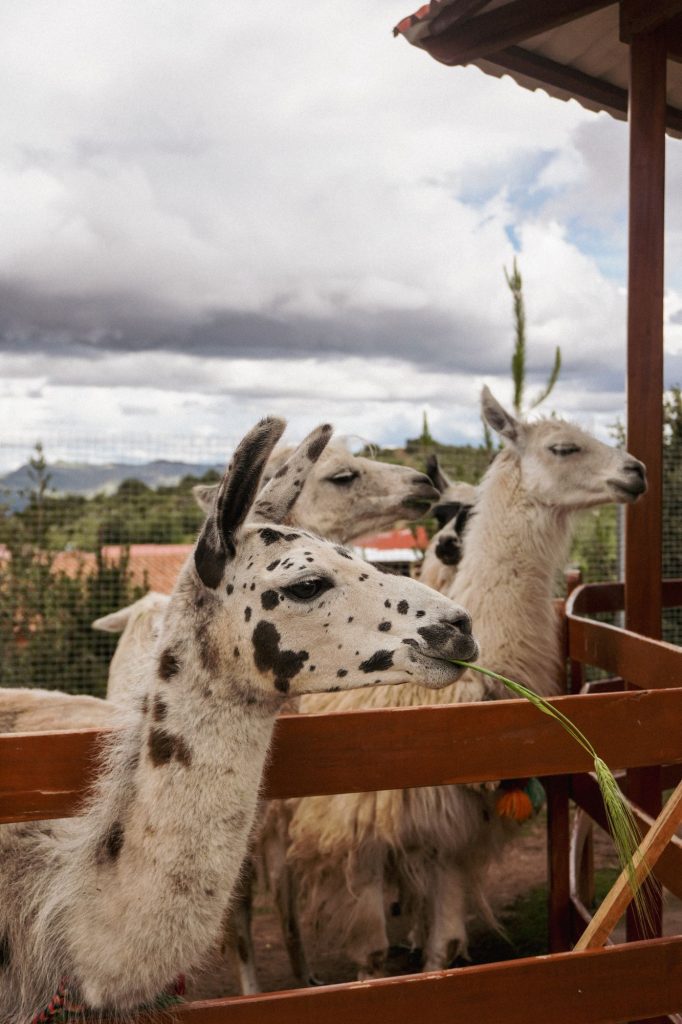

How to overcome altitude sickness in Peru?
First of all, arm yourself with altitude sickness medication before departure, on the advice of a health professional. Then, allow your body to adjust to the high altitude by planning a day of acclimatization to avoid headaches and other discomforts. You can also try coca tea or muna tea, two plants recommended by the locals, which are consumed in the form of tea or candies and can help alleviate altitude symptoms. Eat light and drink plenty of fluids.
And above all, climb slowly! If Machu Picchu is on your itinerary, start by exploring lower altitude sites like the Sacred Valley before venturing to higher peaks.
Visa: What do I need to do before entering Peru?
Travelers from Canada do not need a visa for a tourist stay of less than 90 days in Peru. Your passport must be valid for at least 6 months after your return.
Travelling in Peru by train, bus, car or plane: how to get around?
- By road, bus travel is a fairly common mode of transportation. It’s a relatively comfortable and inexpensive option, though not the fastest.
- For shorter trips in the cities, public transportation and taxis are very convenient.
- The train, although limited and more expensive, offers memorable tourist routes, especially with Peru Rail or Inca Rail.
- If you want more autonomy and freedom, you can choose to rent a vehicle. However, be aware of the roads which are not always in the best shape and tend to be bumpy.
- To cover long distances quickly, it is advisable to take an airplane. It’s a good option for traveling between Peru’s main tourist destinations, such as the Inca trail, Lake Titicaca, archaeological sites, Cusco, Machu Picchu and Rainbow Mountain, which are quite far from each other.
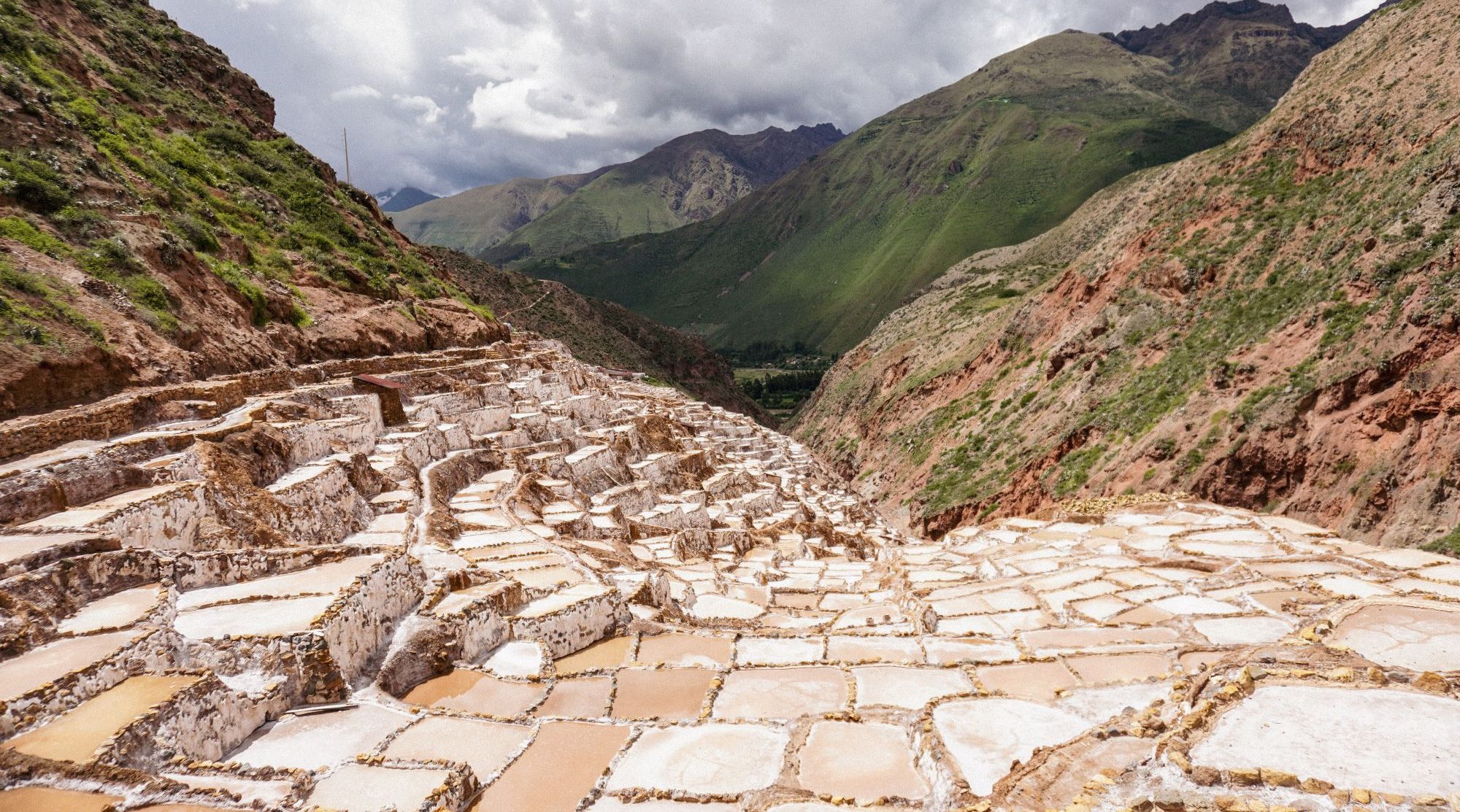
What is the currency in Peru?
Although some travel forums suggest the use of the US dollar because of its supposed universality, our local experience leans decidedly in favor of the Peruvian sol.
The US dollar is not a common currency among merchants in Peru. On the one hand, prices are usually displayed in Peruvian Sol, which not only complicates the conversion, but can also lead to miscalculations or rather expensive exchange fees. In any case, US dollar bills are most often refused if they are damaged or crumpled.
Choosing the Peruvian Sol instead of foreign currencies is the easiest solution.
That said, it’s important to note that credit cards are widely accepted in Peru, especially in hotels, more established restaurants and shops. They provide a safe and convenient method of payment for most of the more expensive expenses. However, for tips and to fully immerse yourself in the Peruvian experience and taste its cultural richness through colorful markets and street food, the Peruvian Sol remains indispensable.
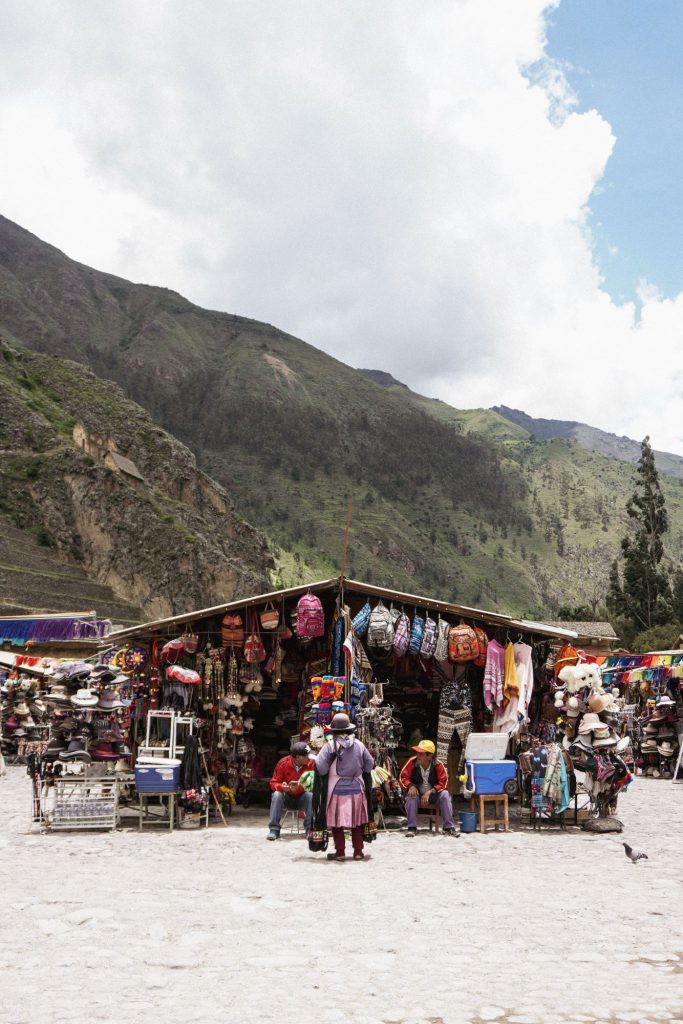
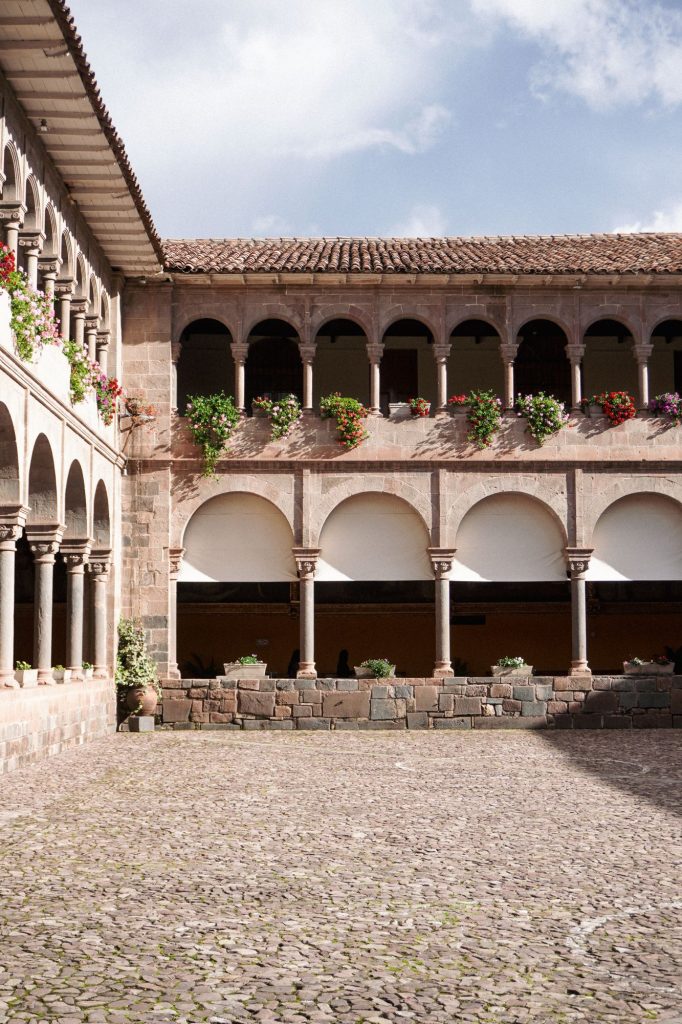

Do you need to speak Spanish to travel in Peru?
Knowing a few key phrases in Spanish can transform your experience. Not only will it make it easier to navigate the country, but it will also allow you to connect with locals on a more personal level. Translation apps can be useful, but making the effort to speak the language, even rudimentarily, is always appreciated and can open unexpected doors.
Should I hire a guide or book an organized tour in Peru?
Discovering Peru without a guide, especially for the first time, is like watching a movie without sound. You miss part of the experience! Whether it’s solving the mysteries of Machu Picchu, understanding the history of the Inca Empire, or simply finding the best lesser-known spots for a photo, a guide will enrich your trip in a thousand and one ways. It’s a guarantee of an unforgettable experience!




